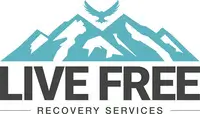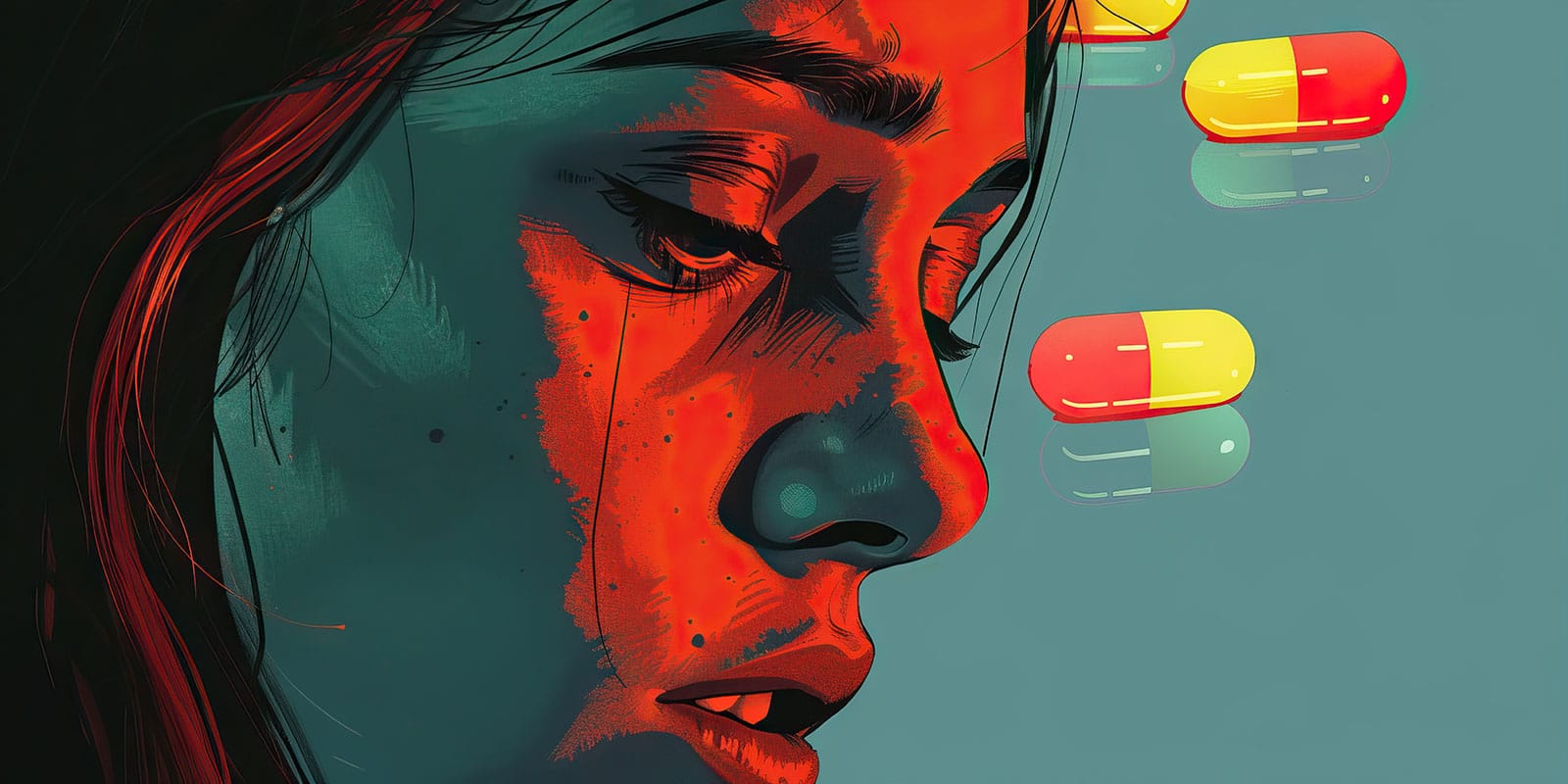For most people in recovery, the path comes with victories and challenges. However, when things don’t go as planned, or one disappointment happens after another, it can get hard to stay on track. If you don’t have a plan in place, you may quickly find yourself heading towards relapse. However, there are often tell-tale behaviors and signs associated with this risk called “prelapse.” Recognizing them can help you proactively prevent a relapse from happening.
What Is Prelapse? How Does It Differ From Relapse?
Prelapse is the crucial time that occurs right before a potential relapse. During prelapse, you start behaving and thinking in a particular pattern, which increases your likelihood of drinking alcohol or using drugs again. Relapse is when you actually engage in drug or alcohol use or any other addictive behavior that you have previously managed to control.
Why Addressing Prelapse Is Essential
It’s important to recognize prelapse as part of your recovery journey. Coping without substances is difficult, especially in the beginning. However, the possibility of a relapse is something that even those with years in recovery should be aware of. A common misconception about relapse is that they must have made a split-second decision to drink or use again and that it came from nowhere. However, there are always signs that pop up beforehand. Contrary to belief, relapse is a slow process that begins with particular warning signs indicating that trouble may be on the horizon.
The Behavioral and Emotional Signs of Prelapse
Usually, before relapse happens and before you even consider using again, there are behavioral and emotional signs that indicate that the potential is there. These signs include:
- Increased isolation and skipping support meetings
- Mood swings, irritability and an increased intolerance of other people
- An inability to express yourself or let others into your thoughts
- Neglecting self-care activities like exercise, meditation and healthy eating habits
- Becoming increasingly dissatisfied with your life
- Losing the motivation to engage in hobbies and sober, fun activities
- Pushing family and friends away when they try to connect with you
- Putting yourself in risky positions, like spending time around places that have drugs and alcohol readily available
- Growing pessimism and negative outlook on the future
When behavioral or emotional signs of prelapse creep in, it usually starts with a few passing thoughts or a difficult day. If these feelings continue and you don’t address them, you’ll become more irritable and stressed. You may even begin to feel angry and allow minor inconveniences to upset you. An irritated, pessimistic mindset is a dangerous precursor to relapse. If you don’t make changes to your mindset or attitude, it becomes easy to progress to the next stage of prelapse, which is thinking about using again.
Cognitive Signs of Prelapse
Failing to address the behavioral and emotional warning signs of prelapse puts you at risk for the next stage, which is mental (cognitive) relapse. At this point, thoughts of substance use may creep in, and you may even start debating with yourself over whether to drink or use again. These intrusive thoughts can creep in when you least expect them, and you might start fantasizing more in detail about what it might feel like. Some of the most common cognitive signs of prelapse include:
- Thinking you can control the amount you drink or use
- Minimize the potential consequences of using
- Experiencing intense cravings and fantasies about using
- Bargaining and rationalizing potential use (“just this once,” or “just a little bit”)
- Glamorizing drinking or using drugs
Many people at this stage believe that if they use or drink “just once,” it will be okay. Some try to rationalize using again because they are stressed or because “all their friends still use.” For people in recovery, it just takes one time to relapse into full-blown use again. Subsequent relapses can make it harder to pull yourself out of the cycle. If you don’t change your behaviors and address your emotional needs during the beginning of prelapse, your risk of relapse increases after you’ve reached the cognitive stage.
Physical Relapse
If you don’t address the warning signs before this stage, then you may physically relapse. At this point, you begin drinking or using again. Many people feel a great deal of shame, guilt and remorse once they physically relapse. It’s important to note that relapse does not make you a failure. You can still regroup, figure out what triggers made you susceptible to relapse and make positive changes in your recovery plan to prevent this from happening again. Unfortunately, some people who relapse feel so guilty and ashamed that they begin to think they aren’t worthy of recovery. In these cases, they may stay stuck in relapse indefinitely.
Common Triggers and Stressors That Can Precipitate Prelapse
Many people inaccurately assume that the path to recovery is straightforward and prelapse (and relapse) can’t possibly happen when things seem to be going well. In reality, this is not the case. Many factors play a role in prelapse, even if things seem like they are getting better. Here’s a look at some of the most common ones:
- Emotional distress – Many people in recovery first turned to alcohol and drugs to help them cope with difficult emotions. A challenging situation or setback at work or in your personal life can put you at risk for prelapse.
- Overconfidence – Being confident in your abilities is important in recovery. However, becoming overconfident or complacent can cause you to underestimate how powerful triggers can be.
- Complacency – Self-care and seeking positive support are essential to maintaining sobriety. However, over time, you may become tempted to put self-care and group meetings on the back burner, especially if other activities or obligations take precedence.
- Reminders of past use – Everyday items can become triggering if they remind you of when you previously used. For example, the clinking of wine glasses might remind you of alcohol, or a credit card may remind you of cocaine. Sometimes, seeing or hearing these things may not be a big deal, but they may trigger cravings at other times.
- Lack of support – Having a supportive network of people around you who can help you stick with recovery is crucial in preventing prelapse. Without having plenty of support, you may become isolated, increasing your risk of relapse.
- Withdrawal – Withdrawal can remain challenging for several months after you’ve started your journey to recovery. Continuous feelings of discomfort can prompt a prelapse sequence of events before full relapse.
- Boredom – Not having enough engaging activities or hobbies to focus on throughout your day can lead to boredom and urges to use drugs or alcohol again.
- Relationships – It is inadvisable for those who are new to sobriety to avoid seeking out new relationships during their first year. Arguments, rejection and tension can be very triggering.
In addition to these potential triggers, sometimes positive emotions are triggering too. For example, if you’re at a birthday party and there is alcohol present, the temptation to have “just one” can become overwhelming. For this reason, addiction specialists may advise that those at the beginning of their recovery journey try to avoid events like these where alcohol is available.
How You Can Prevent Prelapse and Stay on Your Recovery Journey
The best way to prevent prelapse is to have a relapse prevention action plan. This plan consists of several things you can do to set yourself up for success:
- Know how to recognize the warning signs of prelapse and acknowledge that it can happen to anyone in recovery.
- Build a solid network of people you trust who can help you stay committed to recovery. This network may include friends, family members, in-person support groups and online recovery communities you can turn to when things get difficult.
- Create effective coping skills to manage stress, triggers and cravings. Journaling, exercise, therapy and mindfulness are all helpful items to include in your sobriety toolbox.
- Develop a plan with outlined steps you can reference whenever you need. A plan provides structure and solid guidance when you are struggling to resist temptation.
Finally, learn how to practice self-compassion if you do experience prelapse or relapse. Forgiveness is a vital part of recovery, and approaching a slip with self-kindness instead of berating yourself can give you the strength and optimism you need to get back on track.
If you or someone you know is struggling with alcohol or drug use, Live Free Recovery Services can help. We offer customized evidence-based treatment programs that can help you get to the root of your addiction and set you up for a successful path to recovery.


